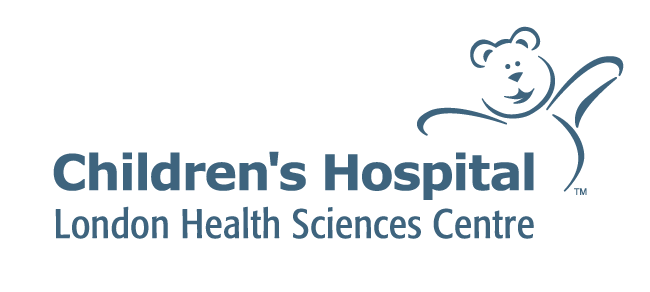This is an epilepsy surgery that is completed on well selected children who have focal onset epilepsy and when the area of the brain where the seizures are coming from is hard to determine. The child will already have had a variety of tests (i.e. MRI, PET, Ictal SPECT, or MEG) which have not been able to pinpoint the exact location.
This type of invasive monitoring can be used for children:
- older than 5 years of age
- when the seizure activity is coming from deep inside the brain
- it is difficult to determine which hemisphere they are originating from
The family will be a part of the discussion making process for epilepsy surgery. They will also have consultations with both their epileptologist and neurosurgeon to review the steps and answer any questions. A plan will be put in place for surgery which takes around 3-4 hours under a general anaesthetic at University Hospital.
- This is a minimally invasive procedure that is robot guided where depth electrodes (long fine wires with electrodes attached) are inserted through tiny openings (burr holes) that have been made in the skull.
- The electrodes will be tightly secured so they do not move and then a dressing will be wrapped around the head for further support.
- The patient will go to the recovery room at UH and have a CT before being transferred to the paediatric floor at Children’s Hospital for further monitoring.
• Since this procedure does not involve opening the skull, children usually recover well with not a lot of side effects.
• Children are then monitored by EEG for several weeks to obtain information on where the seizures are coming from.
Once more information has been gathered that identifies where the seizures are coming from, the family may be offered a focal resection (2nd epilepsy surgery) to remove the area of the brain that is causing the seizures.



